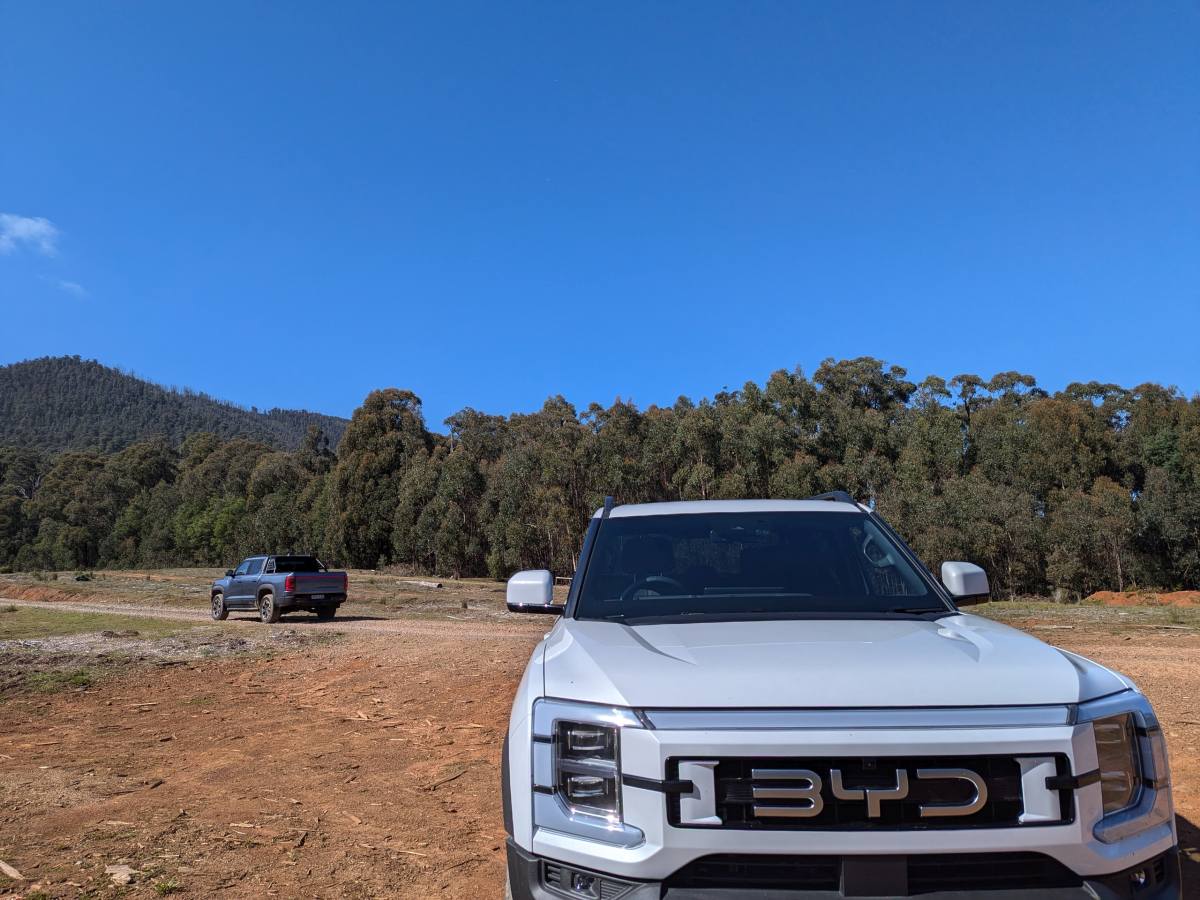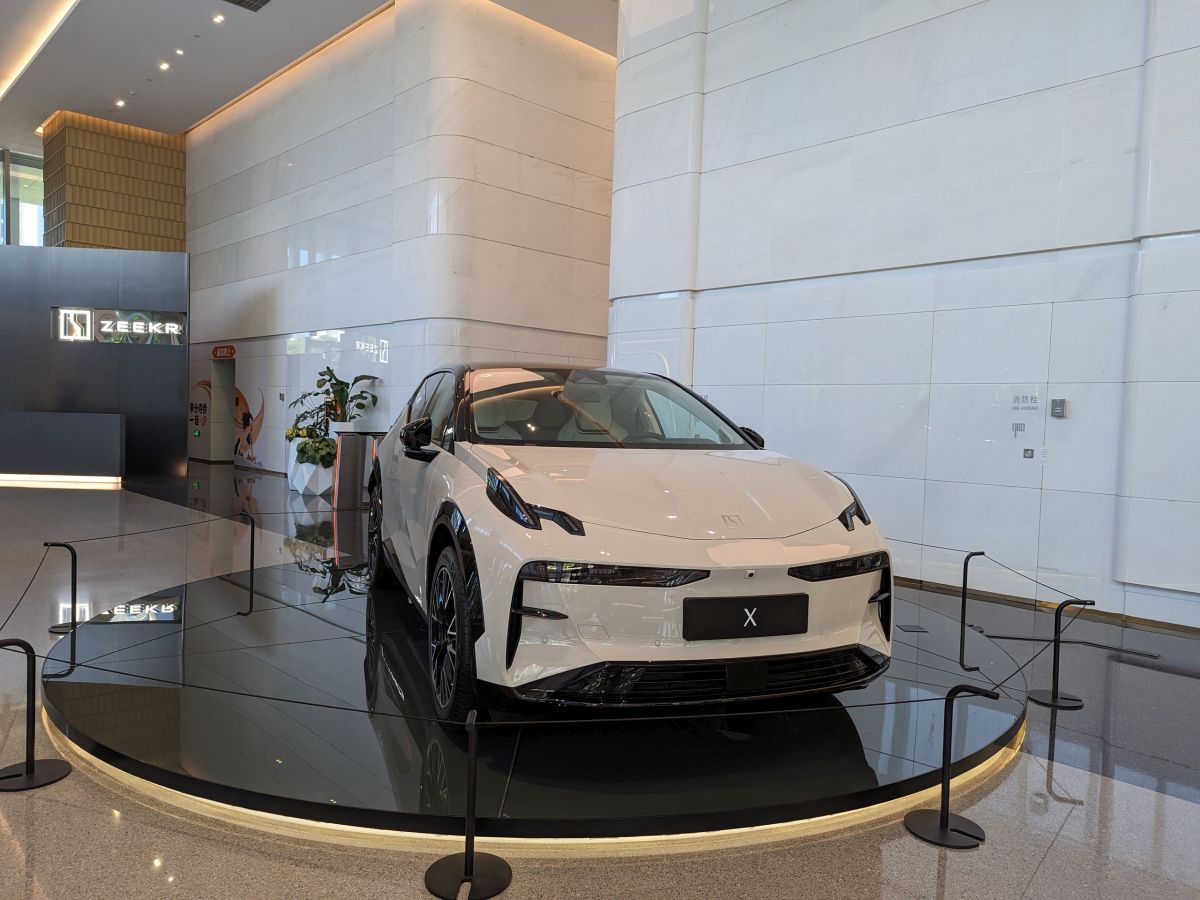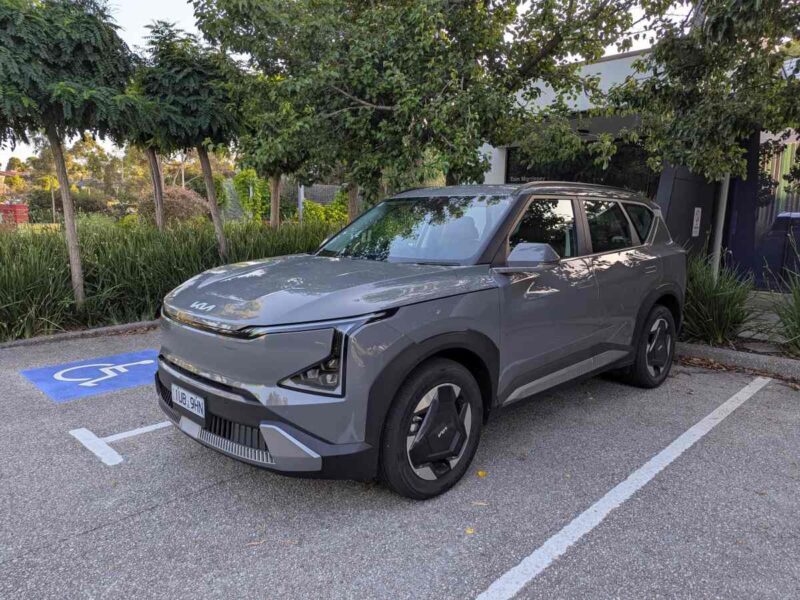After a very slow start to EV sales in January 2025, the Australian EV market has shown another month of stagnant sales, with electric vehicles making up just 5.9 per cent of the country’s total new car market, which was also subdued.
This comes in after the launch and delivery of various well-priced EV newcomers to the market as well as a growth in PHEV sales.
The latest data from the Federal Chamber of Automotive Industries (FCAI) (released on Wednesday) and the Electric Vehicle Council (EVC – released on Tuesday) shows that a total of 5,684 full battery electric vehicles were sold in Australia in February, compared to 10,111 in the same month last year, when Tesla dominated and accounted for 5,665 units.
This February, Tesla sold just 1,592 EVs – accounting for nearly all the fall in EV sales by number, although the numbers for individual models remains patchy, with some new ones doing well and others falling off.
Tesla’s market share has slumped from well over half the market to just 28 per cent for the month of February, and its share of the EV market for the year to date has fallen to below 25 per cent.
A total of 96,710 new vehicles were sold in Australia during the month, itself a fall of nearly 10 per cent from the same month a year ago. Plug in hybrids surged nearly five fold to 4,871, while mild hybrids jumped 34 per cent to 15,348.
A year ago, EVs made up 9.6% of the market, highlighting a significant decline in 2025. Part of this is due to elevated Tesla Model 3 sales during that month in 2024, which happened to be the first major month of the then-popular refreshed Model 3, but Tesla sales remain well below 2023 numbers.
As per previous months, the data was separated with two suppliers, the FCAI shared 3,967 EVs – and those supplied by the Electric Vehicle Council – 1,717 – from Tesla and Polestar.
EV Sales Breakdown – February 2025
| FCAI vFacts | 3,967 |
| EVC (Polestar + Tesla) | 1,717 |
| EV Sales Total (FCAI + EVC) | 5,684 |
| Total Vehicle Sales (FCAI + EVC) | 96,710 |
EV sales over the first two months of 2024 were just over 15,000 and 2025 shows just 9,516 vehicles making it onto the road.
Some of this slack has been taken up by the rise in plug in hybrids, such as the BYD Sealion 6 and the Shark 6 ute which shared over 2,886 sales collectively. The Shark 6 ute sales totalled 2,026 sales, were presented for the first time in February and also include the deliveries the company made in January, but it meant it was the third best selling ute in Australia.

On the other hand, EV sales in markets within Europe appear to be on the rise, hinting strong transport emission reduction policy and targets are doing what they are supposed to do. In Australia, the FCAI used the data to once again criticise local vehicle emissions targets.
Looking into the EV models that made up the top 5, Tesla rose back to the top with Model Y accounting for 924 sales in February, up from 465 in January.
This latest result is down from 2,072 sales it recorded a year earlier, and may be partially due to the release of a new Model Y which has its deliveries slated for May 2025. But it is also likely to reflect the impact that CEO Elon Musk is now having on the market.
The Tesla Model 3 followed in number two with 668 sales during the month, significantly up from 274 sales in January. It is down from the same month last year, when the refreshed Model 3 was released, but also way down from the 2,671 sold in February, 2023.
The more affordable MG4 took the third spot with 451 sales in a month, highlighting the low price and reasonable demand. Kia followed MG in the fourth spot with 400 Kia EV5 sales which was also up from the 289 sales it had in the month prior.
To round out the top 5, BYD’s new mid-sized electric SUV entrant, the Sealion 7 accounted for 157 sales. Not all individual EV model is yet available.
Speaking of BYD, the Atto 3 was the only one of its other models that made it into the top 10 with 138 sales. Others saw a continued slide with Dolphin reaching 44 and the Seal scoring just 56 sales.
Zeekr also debuted its EV sales with 96 sales getting the Zeekr X into the top 10 for the first time.

The best-selling EVs in February 2025 were:
- Tesla Model Y – 924 sales
- Tesla Model 3 – 668 sales
- MG MG4 – 451 sales
- Kia EV5 – 400 sales
- BYD Sealion 7 – 157 sales
- BYD Atto 3 – 138 sales
- Volvo EX30 – 108 sales
- Zeekr X – 98 sales
- Ford Mustang Mach-E – 96 sales
- BMW i4 – 95 sales
The Driven is waiting to hear back from various manufacturers regarding sales of some EV models, and this list will be updated once they’re received. Please see our month by month data for more details.
FCAI CEO Tony Weber again took the opportunity to attack the NVES: “We are now two months into the Government’s New Vehicle Efficiency Standard, and while the supply of battery electric vehicles has risen dramatically, consumer demand has fallen by 37 per cent this year compared with the first two months of 2024,” he said in a statement.
“We knew the supply of EVs would increase and there are now 88 models supplied to the Australian market. However, our grave concern has always been the rate of EV adoption and what assumptions the Government had made in its modeling around consumer demand for EVs in the NVES. This modelling remains secret.
“The easy part is to set aspirational targets but without consumers demanding EVs, the NVES will not succeed. It is time for the Government to consider the realities faced by consumers.”

With the overall EV market seeing a downward trend in February, it’s becoming clear that much more is needed to kickstart growth in EV adoption.
The affordability of EVs is at an all-time high and with more places to charge than ever before, the federal government, businesses and consumers all need to play a bigger role in reducing transport emissions as Australia falls behind many similar vehicle markets in Europe and China.
See full details of EV sales for each month of the year in our database here.

Riz is the founder of carloop based in Melbourne, specialising in Australian EV data, insight reports and trends. He is a mechanical engineer who spent the first 7 years of his career building transport infrastructure before starting carloop. He has a passion for cars, particularly EVs and wants to help reduce transport emissions in Australia. He currently drives a red Tesla Model 3.

